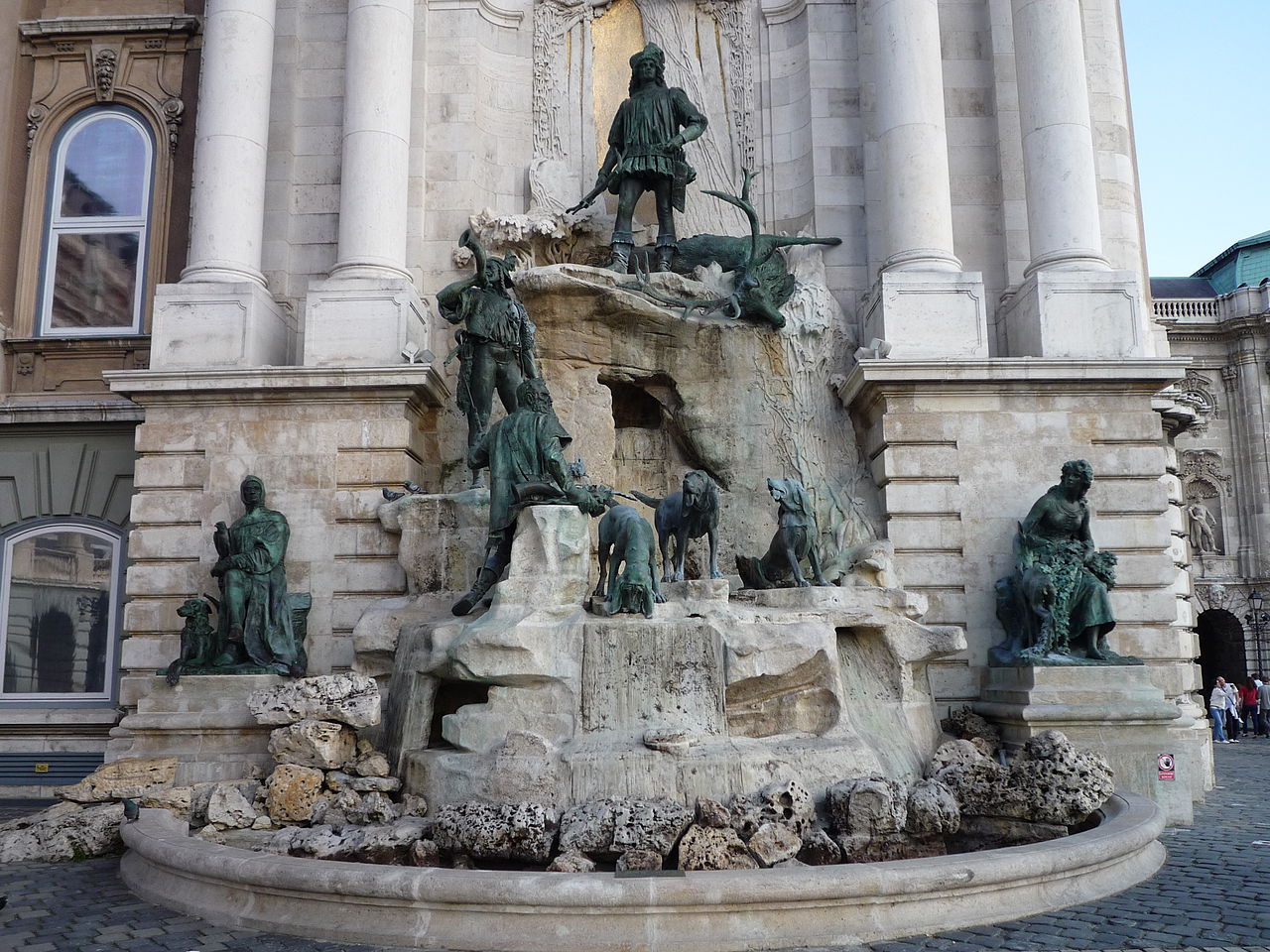Matthias Fountain: Why tourists throw coins at this 120-year-old Hungarian masterpiece

One of the most striking and beloved landmarks in Budapest’s Castle District, the Matthias Fountain is often dubbed the “Trevi Fountain of Budapest,” a nod to its famous Roman counterpart. This monumental neo-Baroque fountain is located in the western forecourt of Buda Castle and depicts one of Hungary’s most iconic historical figures, King Matthias (Hunyadi Mátyás), on a hunting expedition.
Fit for a legendary king
The fountain was designed by sculptor Alajos Strobl, with the support of architect Alajos Hauszmann during the reconstruction of the Royal Palace. The design was approved by Emperor Franz Joseph I, and Strobl began work in 1899. His initial pieces earned a state gold medal as early as 1901, and the fountain was completed in 1904. King Matthias himself symbolically attended the unveiling—naturally in spirit only, as he lived in the 15th century, Promotions writes.
At the centre of the composition stands King Matthias, crossbow in hand, atop a rocky peak beside a majestic stag. Below him are a horn-blowing hunter and the leader of the hunting party, flanked by three hunting dogs. On the right side of the fountain stands the beautiful Ilonka, while the left side features Galeotto Marzio, an Italian chronicler often present at the royal court. Inspired by a ballad from poet Mihály Vörösmarty, the tragic romance between Ilonka and Matthias is woven into the group’s narrative.

Behind the fountain, the façade is adorned with Corinthian columns and features the personal coat of arms of King Matthias in the central niche. The design showcases a distinctive fusion of artistic styles—traditional elements are combined with Art Nouveau details. The gentle flow of water through the rock crevices and the theatrical arrangement unmistakably echo the Roman Trevi Fountain, though the Budapest version is smaller in scale.
A curious legend is also tied to the fountain: according to some accounts, one of the hunting dog statues vanished because it caught the eye of Marshal Voroshilov. After World War II, a replica of the sculpture was returned to the composition. Another figure holding a falcon is believed to be Galeotto Marzio, known as the king’s court jester.
During King Matthias’s reign, Hungarian Renaissance culture flourished, and his court became a hub of art and science. Italian masters and scholars arrived, leaving a lasting impact on Hungarian architecture and art. His famed library, the Corvina collection, remains one of Hungary’s most treasured cultural relics from the Renaissance.
Coins thrown into Matthias Fountain put toward a good cause
As part of the National Hauszmann Program, the Matthias Fountain underwent a complete restoration in 2020. Much like its Roman counterpart, tourists toss coins into its pool, hoping to return to Budapest or find love here. Tradition holds that you should stand with your back to the fountain when you toss your coin to summon good luck.
Professionals collected the coins from the fountain’s basin, and the proceeds funded a special program for students from four schools named after King Matthias. These students were invited to participate in educational workshops at Buda Castle free of charge. More than a hundred students from grades 3 to 9 had the opportunity to explore this historic site.
Elementary students took part in a workshop titled “In Pursuit of the Red Hedgehog and Friends,” learning about medieval trades, guilds, and daily life. High school students joined the “I Come from Buda, Under the Sign of My Guild” program to tour the historic Castle District. The Castle Administration hopes to use future coin donations for similar educational purposes.
Beyond its artistic significance, the Matthias Fountain stands as a cultural tribute to a monarch who not only ruled but also championed Hungary’s Renaissance culture. Set against one of Buda Castle’s most stunning vistas, the fountain underwent major restoration in the 2010s and continues to dazzle in its original splendour.
This masterpiece serves as a fitting tribute to a king remembered not just for his reign but for his lasting legacy in Hungarian art, culture, and legend.
To read or share this article in Hungarian, click here: Helló Magyar
Read also:







